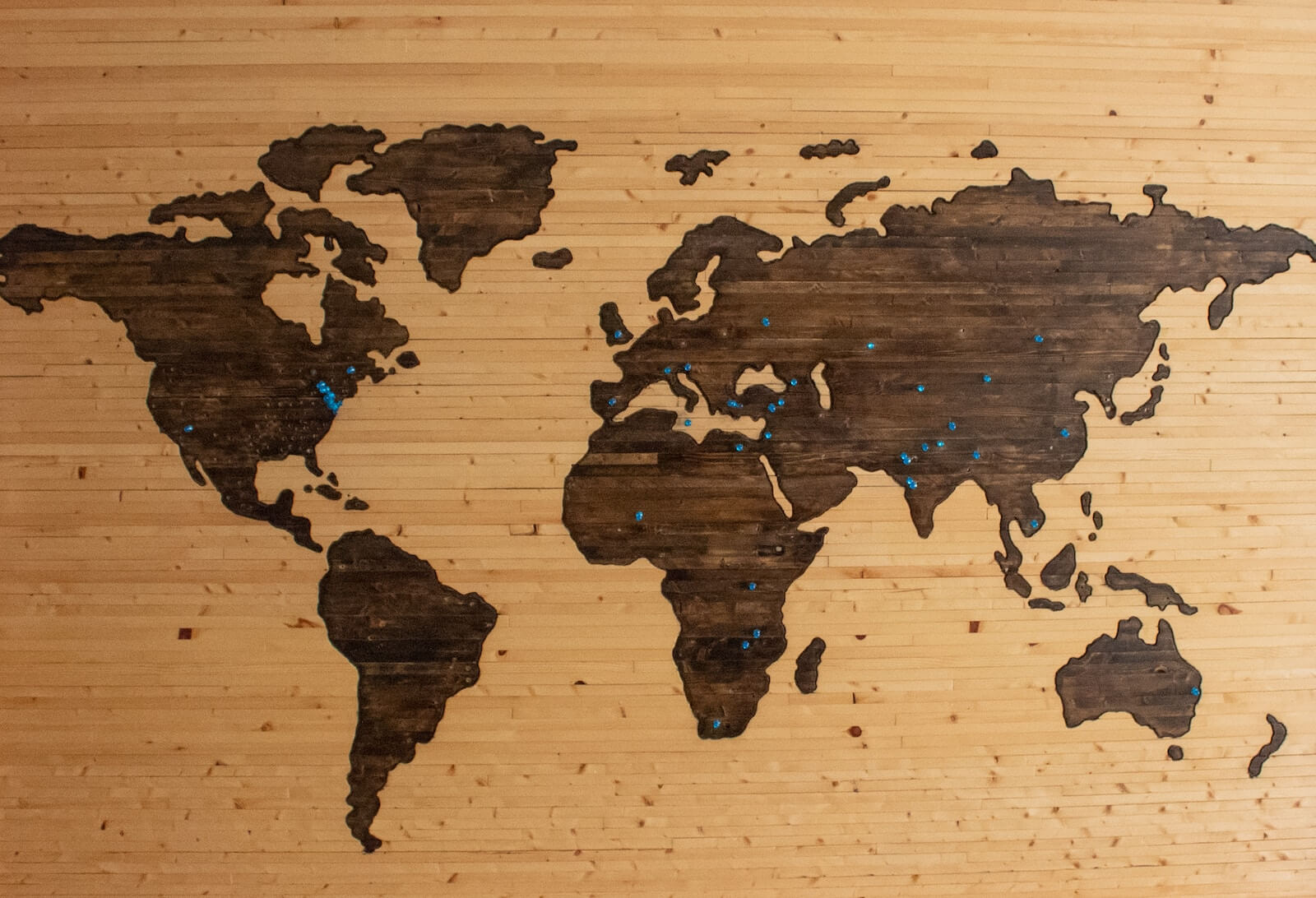WASHINGTON — Everyone knows there are seven continents on Earth, but how they came into existence is still a bit of a mystery. There are many theories on how huge chunks of the planet’s crust broke away and rose above sea level, and some are more popular than others. In a new study, geologists debunk one of the most common explanations for why dry land exists.
In 2018, scientists proposed that Earth’s continental crust came from the crystallization of the mineral garnet. The crystallization of garnet in volcanoes removed non-oxidized iron from terrestrial plates. At the same time, it would strip iron away from molten magma and leave it more oxidized. The end result is land with a low iron content compared to the oceanic crust. Continents became less dense and buoyant enough to sit at the planet’s mantle. The theory suggests the difference in density explains why continents rise high enough to have dry land while oceanic crusts are underwater.
For Elizabeth Cottrell, a research geologist and curator of rocks at the Smithsonian’s National Museum of Natural History, the theory did not add up.
“You need high pressures to make garnet stable, and you find this low-iron magma at places where crust isn’t that thick and so the pressure isn’t super high,” Cottrell says in a media release.

The same year this theory was announced, Cottrell and her team tested it. They wanted to see whether it was really necessary for garnet to crystallize in volcanoes in the process of creating a continental crust. The researchers simulated the massive pressure and temperature you would find beneath continental arc volcanoes using a machine called a piston-cylinder press. About the size of a mini fridge, the tool is extremely thick with strong steel and tungsten carbide.
A force from a large hydraulic ram created high pressure on tiny rock samples. Pressure ranged from 1.5 to 3 gigapascals — 8,000 times the pressure inside a soda can. Afterward, they used electrical and thermal insulators and a furnace around the rocks to recreate the heat you would expect to find in a volcano. Temperatures throughout the 13 experiments ran from 1,742°F to 2,246°F.
The garnet mineral come from the Smithsonian Museum’s National Rock Collection. Lastly, the authors used high-energy X-ray beams to perform a technique called X-ray absorption spectroscopy. This lets scientists learn about the structure and composition of materials based on how they absorbed X-rays. In this scenario, the team focused on the concentrations of oxidized versus unoxidized iron.
Their experiment showed the garnets did not have enough unoxidized iron from rock samples to contribute to the levels of iron-depletion and oxidation in the magmas that form the building blocks for Earth’s continents.
“These results make the garnet crystallization model an extremely unlikely explanation for why magmas from continental arc volcanoes are oxidized and iron-depleted,” Cottrell says. “It’s more likely that conditions in Earth’s mantle below continental crust are setting these oxidized conditions.”
With the theory debunked, one question remains. What caused the iron depletion that shaped the composition of the continents we know today? This remains an unanswered question, but Cottrell does have a theory. She suggests oxidized sulfur could be oxidizing the iron.
The study is published in the journal Science.
You might also be interested in:
- Where did the Earth’s oxygen come from? New study hints at an unexpected source
- Earth’s core is more like a ‘jawbreaker’ candy than previously thought
- A priceless layer of diamonds may be hiding near the Earth’s core!


It you know how the continents came apart or better yet, how they were connected beforehand it may help understand how they were formed. You are closer than many. Alfred Wegener did not go far enough back. Humor me for 2 minutes. Think about what I am sayin
Pangea, earth’s motions, warming oceans / PANGEA MAP
https://www.youtube.com/watch?v=Vq7gA72xMsI
g.